The Importance of Sales Operations
Casey O'Connor
Sales operations — a term that describes the function of the field, its primary processes, and the team responsible for performing them — are a critical component of any top-performing sales organization.
The main objective of sales operations is to help sales teams close more deals, faster. They alleviate salespeople of non-selling sales activities (more on this later) to increase top-line productivity and bottom-line revenue.
In this article, we’ll go over everything you need to know about sales operations, and why you should consider developing a SalesOps team as soon as possible.
Here’s what we’ll cover:
- What Are the Responsibilities of Sales Operations?
- What Is the Difference Between SalesOps and Sales Enablement?
- How to Create a Sales Operations Strategy
- How to Measure Sales Operations
- The Best Sales Operations Software
- When Should You Hire a SalesOps Team?
What Are the Responsibilities of Sales Operations?
Sales operations is the set of non-selling sales activities that affect how efficiently a salesforce runs.
That’s a mouthful, but it’s actually not terribly complicated.
Simply put, the objective of sales operations is to enable sales reps to close more deals, more quickly.
The sales operations team is responsible for supporting the salesforce through the sales process by alleviating them of any tasks in the process that aren’t directly related to actual selling.
Sales operations tasks can range from logistical ones (like maintaining the CRM and managing the appointment scheduler) to big picture ones (like developing a sales strategy and creating sales forecasts).
Key Pillars of Sales Operations:
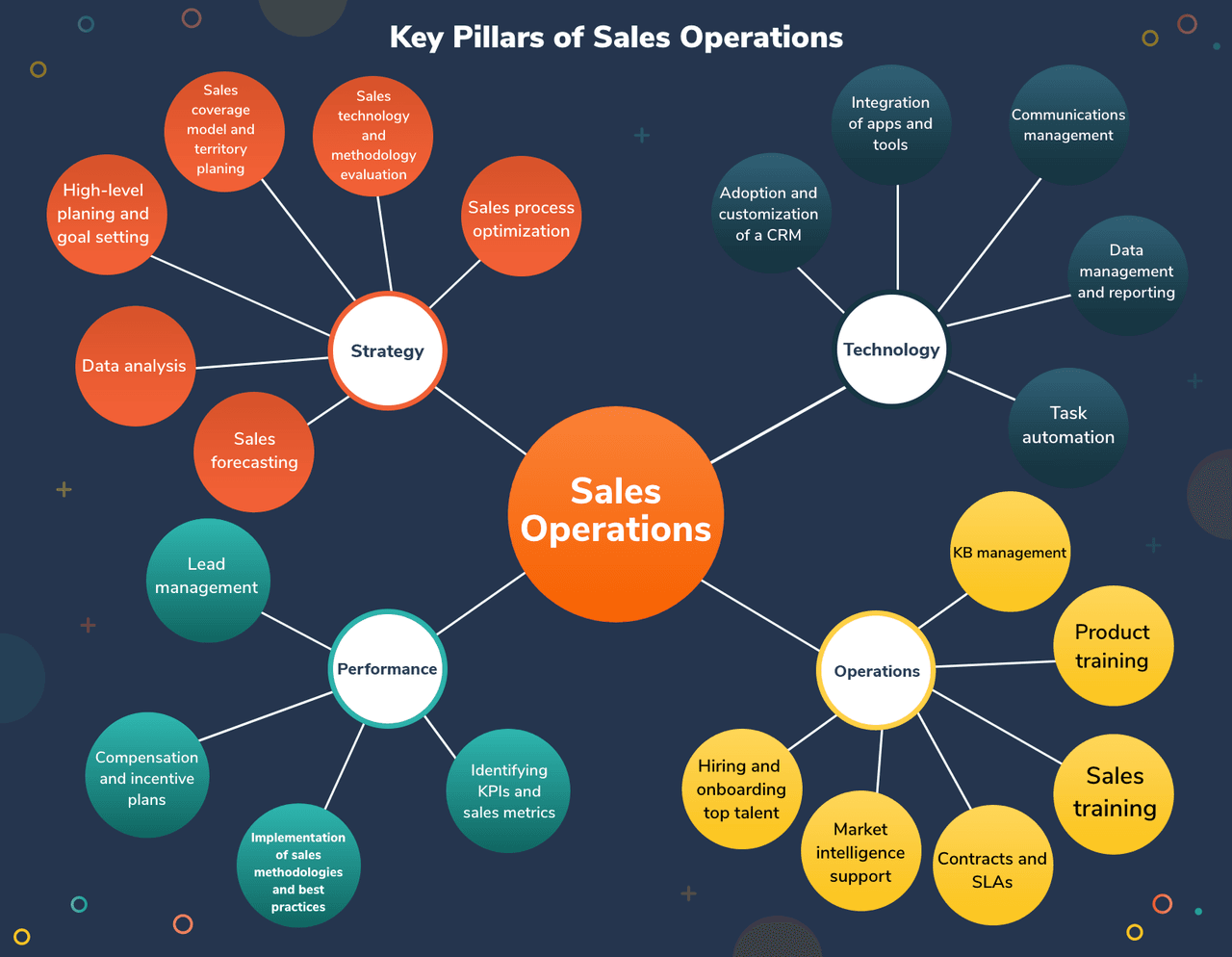
The specific activities SalesOp teams will perform will depend on each company’s unique needs.
A person in a sales operations role has a deep understanding of best practices in sales effectiveness. They understand that successful salespeople should be able to spend the majority of their time on bonafide “selling activities” — giving presentations & demos, working through objections, and closing deals. Expecting sales reps to also do everything else in the sales process is a poor use of resources.
In other words, sales ops teams allow sales reps to focus on whatever they need to do to close deals, by taking everything else off their plate. Things like sales planning, sales strategizing, data entry & analytics, territory design, and process optimization are shifted off the sales rep and managed by sales ops instead.
This is good news for overworked salespeople; data shows that the average sales rep spends only 36% of their work time on selling-specific, revenue-generating activities.
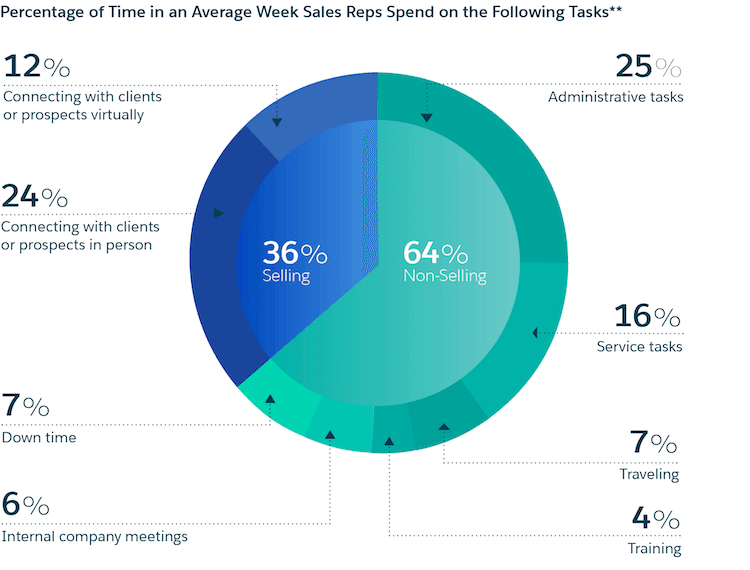
It’s clear there needs to be a shift in the workflow. Sales operations enable sales reps to focus on their conversion rate, while they handle everything else.
Nearly all the tasks completed by the SalesOps team can be attributed to one of three main areas:
- Strategy
- Operations
- Process & Performance
Depending on the age and size of your business, your sales team may need sales support in one area more than another. The most successful sales operations teams manage and integrate sales data from across all three sectors to improve your sales effectiveness.
1. Strategy
SalesOps is responsible for seeing the forest for the trees.
Sales strategy development is one of the backbones of successful sales operations. Through thorough data analysis, the SalesOps team should be able to help you strategize everything from product pricing plans to optimized sales territories.
They can help you create your sales forecast and identify areas of need in terms of training, content, or lead generation. They should work alongside sales leaders and reps to create individual and company-wide SMART goals.
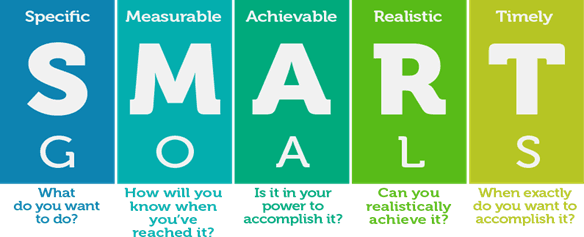
SalesOps can also help you with lead management — understanding which leads to prioritize and when for maximum sales productivity.
2. Operations
Sales operations is more than just big-picture analytics. While a sales operations analyst is usually responsible for high-level strategizing and problem-solving, a sales operations rep is typically responsible for the day-to-day administrative tasks inherent to the sales process.
To be clear, this part of the role is a lot more significant than simple data entry and scheduling. It’s true that SalesOps can and should offer support for tasks like these, but the level of sales training required to execute this job cannot be overstated. In fact, many top-tier companies require years of experience in sales before considering someone for a sales operation rep position.
The logistical part of sales operations goes far beyond punching numbers. It requires, among many other things:
- Seamless communication between the marketing, sales, and customer success teams
- Digesting complicated sales data in order to communicate it to key stakeholders
- Packaging and presenting information on behalf of the sales team
SalesOps teams are often behind the scenes, making sure the day-to-day activities are humming along so that salespeople can focus on selling.
3. Process & Performance
The final leg of the SalesOps stool is process and performance analytics.
First, your SalesOps team should work with your sales team to create a sales process map. Having this standardized process will, in and of itself, make a dramatic difference in how efficiently your team works.
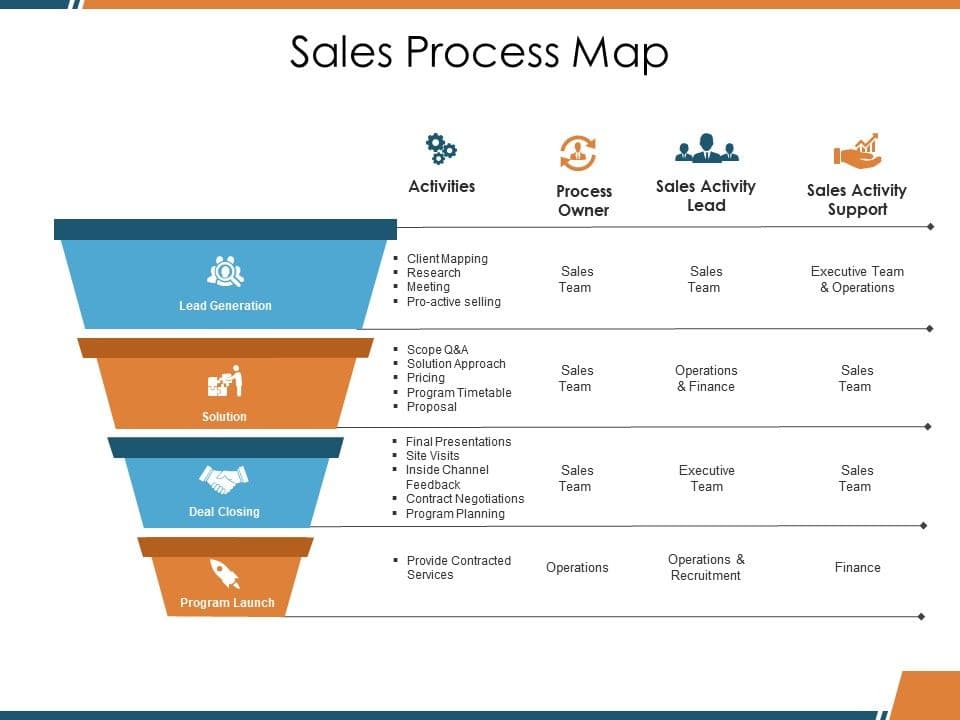
Additionally, creating the sales process map has the added benefit of helping the SalesOps team create an accurate sales forecast.
The SalesOps team is also responsible for making sure the sales process is running as smoothly as possible. For many companies, this means making sure the technology used in the process is the right fit.
Sales operations analysts should have a good grasp on the company’s tech stack. They need to be aware of what’s available on the market, and constantly evaluate whether the current tech meets the needs of the team.
They are also typically proactive in technology management and training, though some may argue that this particular task should be left to sales enablement — we’ll get to that in a minute.
Sales operations are responsible for keeping tabs on the data in real-time and analyzing the big picture on a regular basis to ensure the team is continuously moving forward. This data analysis also feeds into their strategizing tasks.
Aggregate your sales data into easy-to-read reports with Yesware’s reporting and analytics.
What Is the Difference Between SalesOps and Sales Enablement?
Many sales professionals confuse or conflate sales operations and sales enablement.
Sales operations are responsible for the tactical, outward-facing things that need to occur in order for the sales process to run smoothly. The sales enablement team is responsible for things more internal that help reps get ready to sell the product in the field.
In other words, sales enablement deals with the ongoing process of making sure salespeople are up-to-date with the appropriate training, knowledge, and guidance needed in order to productively engage with buyers.
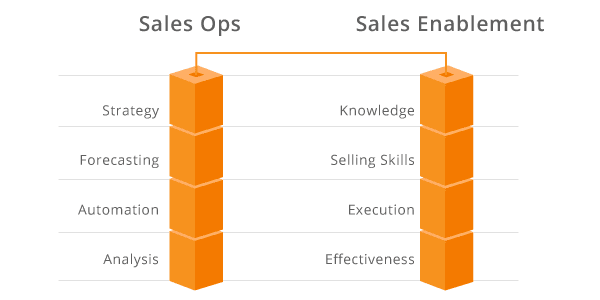
It’s clear that both of these domains are critically important for sales teams. And while they are two distinct fields, there’s no doubt that the two intersect and overlap one another in more than a few areas. In fact, some people argue that sales enablement is a subset of sales operations.
Regardless of the distinctions, sales reps will benefit with both resources at their disposal — however, that may look for your team.
How to Create a Sales Operations Strategy
With a better understanding of what all sales operations are responsible for, it can feel overwhelming to know where to start.
Some companies develop sales operations with a specific need in mind, like CRM management or sales territory strategy. For those companies, the starting point will come naturally, and the other sales operations processes can be built around it.
For businesses hoping to use sales operations on a broader scope, use the following steps to guide you through the process of developing a SalesOp strategy.
1. Align the Managers
Before any strategizing takes place, there needs to be a meeting of the minds between the sales manager and the sales ops manager. Here, the two leaders will come to a consensus about what sales metrics they’ll track, how they’ll track them, and what they’re ultimately striving for by analyzing the data.
2. Develop a Sales Compensation Plan
Your compensation and commission structure is a key component of a successful sales strategy; a competitive compensation plan will enable you to hire and retain top-tier sales talent, which is a huge driver for your bottom line. Your SalesOps team can help you develop a lucrative and motivating pay structure to attract successful salespeople for the long term.
3. Make a Hiring Plan
Even if you’re not right now in a place to hire new talent, you should still make a plan to do so in the future. Work with your SalesOps team to develop a general timeline around who and when you’ll hire next. You should also take this time to finetune and standardize the onboarding process; this will take some legwork up front but will eliminate friction for all future hires.
4. Assign Territories
In this digital day and age, many sales reps don’t have actual geographical territories. Still, it’s worth the time to deliberately segment your leads for different sales reps. You may want to assign them based on skill, or the assignment could be random, but the point here is to be clear about which reps covers which leads. Make it repeatable, if possible — the fewer question marks at the top of the sales funnel, the better.
5. Optimize Your CRM
Once you know the exact metrics you’ll be tracking, dig into the functionality of your CRM to see how you can leverage it to meet your needs. Many businesses find that they’re underutilizing the features available to them once they learn the specifics.
6. Plan for Training
Take a critical look at your sales team the way it stands. Is everyone trained in the sales technology available to them? Which team members need more in-depth training on the sales methodology you’re employing in sales meetings? When was your last team-wide product training? It’s natural for your sales reps to have different skills and strengths, but there should be no gaps in basic knowledge. Training should be universal and consistent.
7. Optimize
Now that your sales ops infrastructure is in place, it’s time for the team to shine. They will map out your sales process, analyze the KPIs laid out in your sales strategy, and identify any stumbling blocks or inefficiencies. They should be able to pinpoint specific areas of growth, as well as offer targeted suggestions for improvement. In short, they will optimize your sales process until it’s a well-oiled machine.
Of course, the beauty of working alongside a successful sales ops team is that you’re typically well-positioned to meet and even exceed your sales goals. When you do, your sales ops team will be ready to help you scale and strategize to new revenue targets.
How to Measure Sales Operations
How’s this for meta — how do you measure the efficacy of a process that’s designed to measure the efficacy of another process?
It can be tricky to wrap your head around the right way to measure how well your sales ops team is doing. After all, sales ops are in charge of measuring how well the sales team is doing — is it really up to the sales team to flip the switch and do their own cross-evaluation?
Strange as it seems, that is generally the way the process works. That’s not to say this is meant to be some kind of double-blind Big Brother experiment, but it’s important that your sales ops team and your salesforce work in tandem. Both teams should be able to expect certain performance and results from the other.
Usually, VP of sales or other sales leaders will take charge on assessing how well SalesOps is doing. The following KPIs will give you a good starting point to determine how much of an impact the team is making.
Close Rate
The number of sales you make, divided by the number of presentations you give.
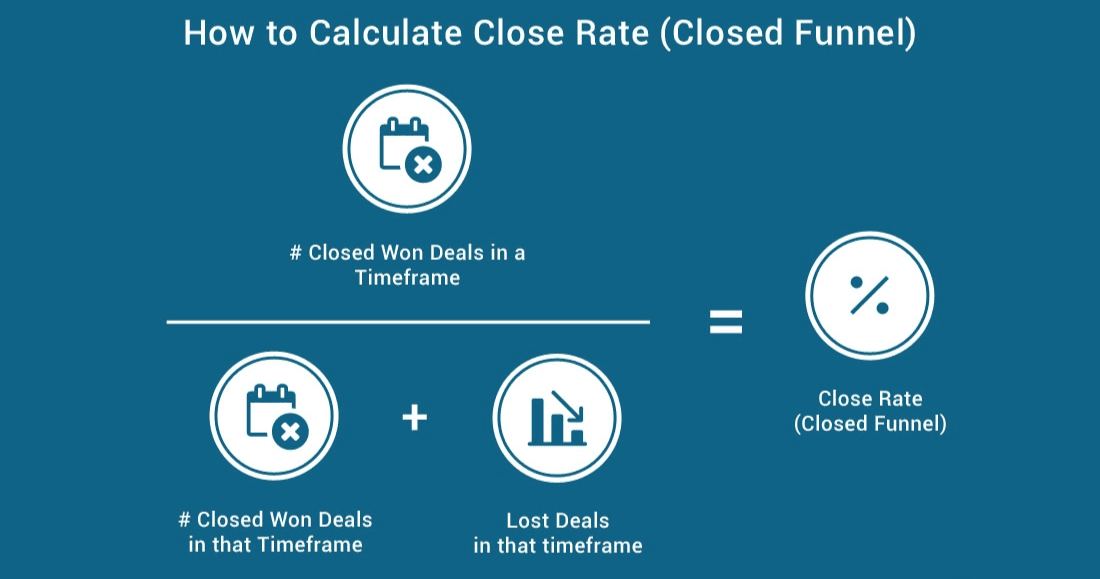
Note that our formula does not suggest you count unqualified leads, or other leads lost at the top of the funnel. How you define this term will ultimately be up to your team, but make sure everyone is on the same page.
Customer Acquisition Cost
The amount of money you spend on marketing, sales, and other sales-adjacent processes, divided by the number of new customers you sign on.
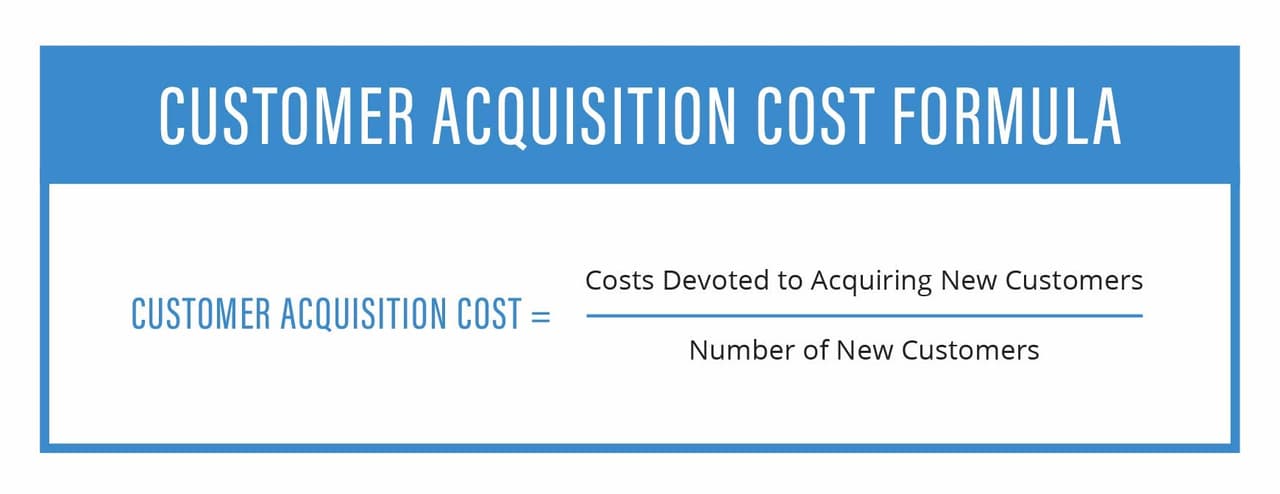
Customer Lifetime Value
You can find this value by taking the average dollar amount of a purchase, multiplied by the average number of purchases a customer makes in a year, multiplied by the average number of years a customer works with you.
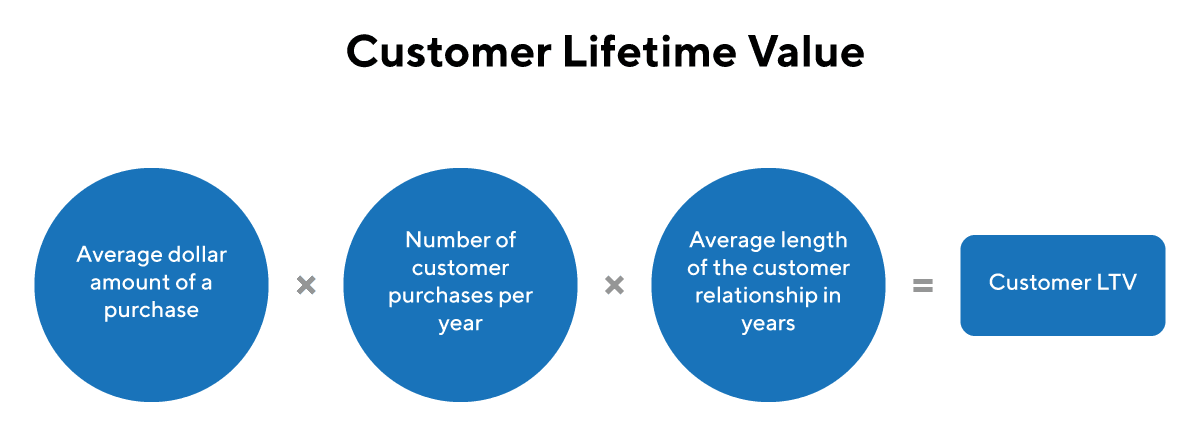
Some CLV formulas get a bit more complicated and account for retention or churn rate. Again, the actual formula you use doesn’t matter nearly as much as the fact that everyone who uses these metrics is on the same page about how they’re determined and what they mean for the bottom line.
Sales Pipeline Metrics
These will vary by business, and many of them can be extracted from your CRM. You might consider looking at things like conversion rate during each stage of the sales cycle, length of each stage, or leads lost by stage. Another key metric would be time spent on “selling activities” — the point of SalesOps, after all, is to increase the amount of time that sales reps spend on these tasks.
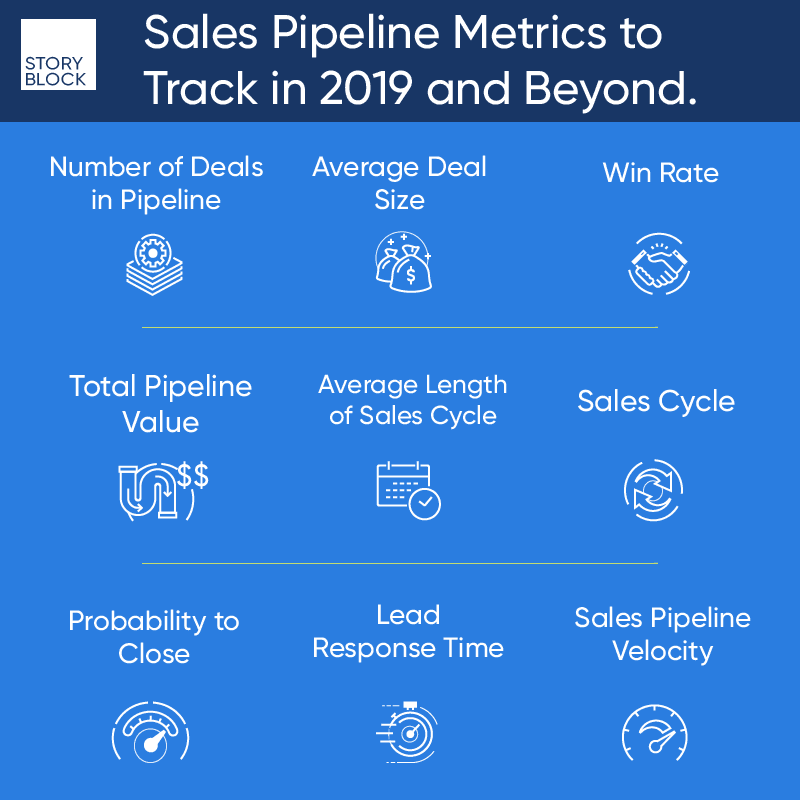
The point here is to gather a more granular set of data that will indicate how the day-to-day processes are functioning and improving over time.
Sales Forecasts
Sales forecasting is one of the primary responsibilities of the SalesOps team. Not only are they on the hook for making sure the forecast is accurate, they should also be looking to create new forecasts every year that elevate your team to new heights.
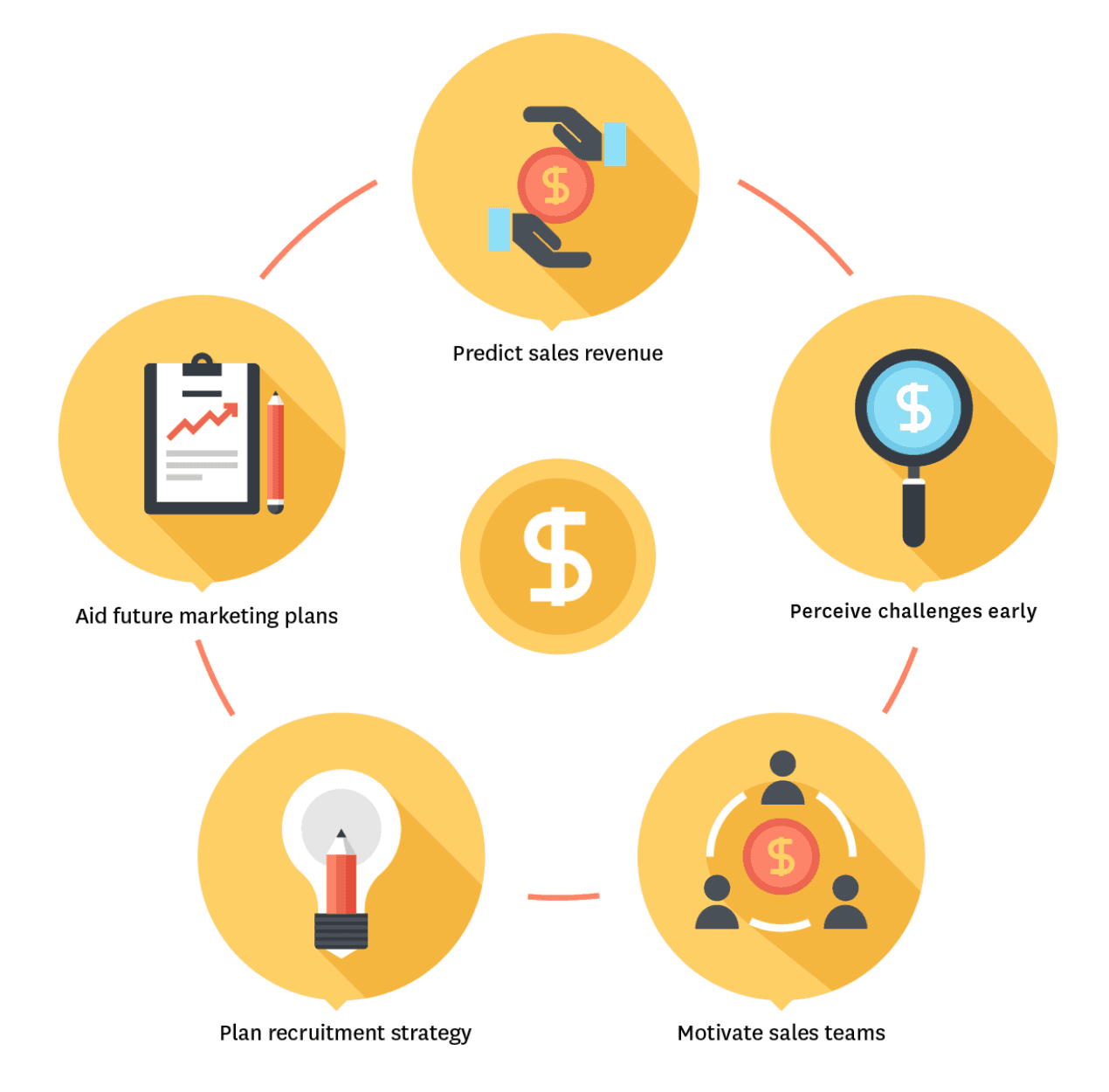
Once you’ve worked with your SalesOps team for long enough that they’ve contributed a few forecasts, take some time to aggregate them and determine how accurate they ended up being, as well as how vigorously they’re pushing your team toward growth.
The Best Sales Operations Software
Sales operations require a ton of easily accessible data; this is a job that simply cannot be done without software.
Fortunately, there are virtually endless options when it comes to the right program for you. Here’s a (very) short list of some of our favorites.
- Spotio: This tool is designed for sales teams that are out in the field. Spotio automatically captures your team’s activity in the field, including calls, texts, emails, and in-person visits. This kind of data will help you laser target your prospecting efforts.
- Close.io: This CRM presents your sales data in an actionable way so you can turn more leads into revenue. With one central sales hub, and automatic logging and syncing, you’ll regain up to an hour each day that can be rerouted to revenue-generating selling activities.
- Grow.com: Grow.com is a fantastic option for small- and medium-sized businesses. This software has the powerful ability to aggregate data from a wide variety of sources on an interactive, updated-in-real-time dashboard.
- Clari: We love Clari for its fully customizable nature. This sales analytics software uses automation to simplify pipeline analysis and forecasting data. Another one of its key features is its AI-driven insight into a prospect’s readiness to buy.
- Gong: This one is fantastic for phone-based reps. Gong records sales calls, transcribes them, and delivers actionable coaching strategies based on your call activity. It also peeks into sales emails and web conferences to do the same.
If you’re not in the market for new software, that’s okay. It’s still crucial, though, that you sit down with your SalesOps team and really dig into the various features and analytics capabilities that your current one has to offer.
When Should You Hire a SalesOps Team?
The quick and easy way to know when you need the help of sales operations? As soon as possible.
The truth is, sales operations can make a dramatic and immediate difference to your sales productivity and performance. This is true even if you don’t hire a full SalesOps team right away. Starting with a single SalesOp manager will move your team forward by leaps and bounds. You can always add more reps and analysts as you grow.
That being said, there are a few other signs that your team might be desperately in need of Sales Ops. If you notice any of the following signs, it’s time to call in the professionals.
Training Isn’t Working
If you’ve tried improving your selling techniques through training or coaching, and you still aren’t seeing tangible results, it might be time for SalesOps to step in. Your team could have all the coaching in the world, but it won’t mean anything for your bottom line unless they have the time and bandwidth to implement the training.
Planning for Growth
Any business that expects expansion or growth in the near- or medium-term future should seriously consider investing in sales operations. SalesOps will help you develop a targeted, structured expansion plan that will ensure you’re spending your resources in the most optimized manner.
Turnover or Structure Change
If you’re noticing a lot of turnover in your salesforce — or you have an upcoming, planned restructuring — you will be well-served by sales operations. There’s a lot to be said for having everyone on your team on the same page, at the same time. If you’re already turning over a new leaf, do it with direction and intentionality with a SalesOps team.
The bottom line is this: sales operations increase revenue. They can give any business transparency and clarity when it comes time to make decisions. They exist to support your sales team so they can do what they do best: close deals. With all that in mind, it’s a no-brainer when it comes to implementing sales operations as soon as possible.
Get sales tips and strategies delivered straight to your inbox.
Yesware will help you generate more sales right from your inbox. Try our Outlook add-on or Gmail Chrome extension for free, forever!
Related Articles
Melissa Williams
Melissa Williams
Casey O'Connor
Sales, deal management, and communication tips for your inbox

